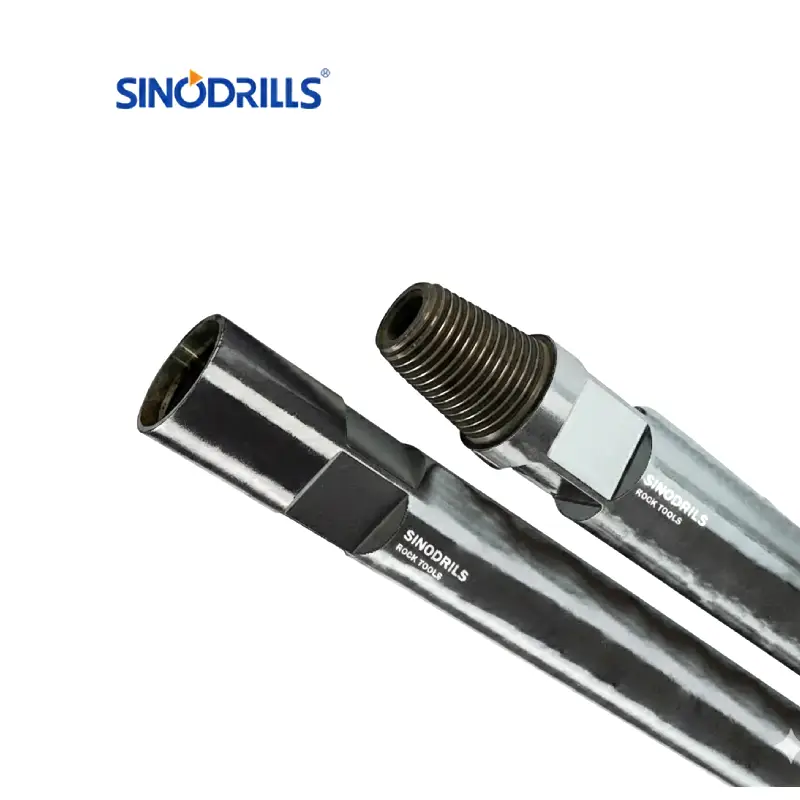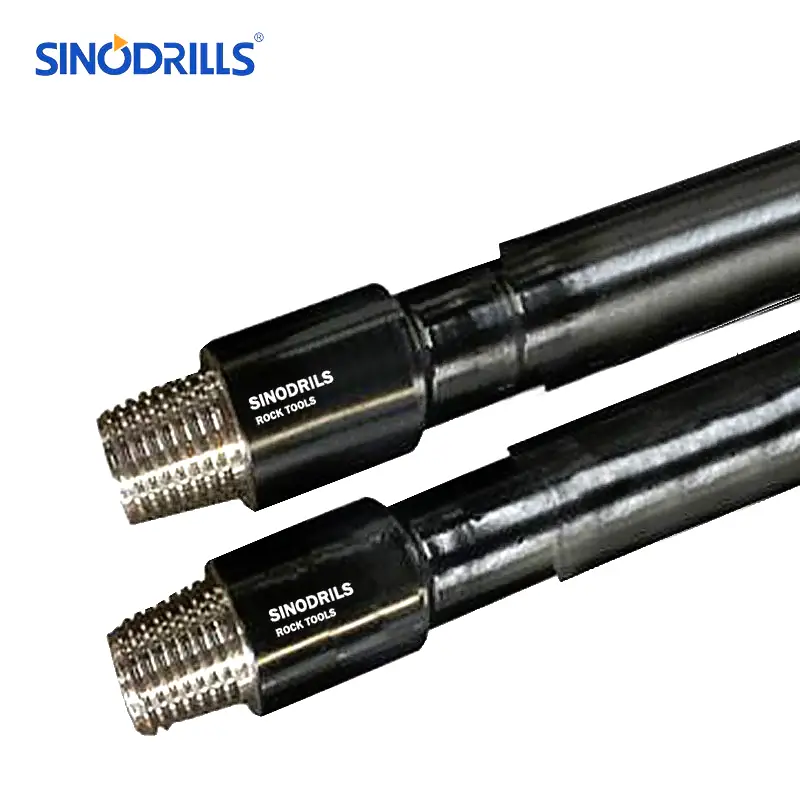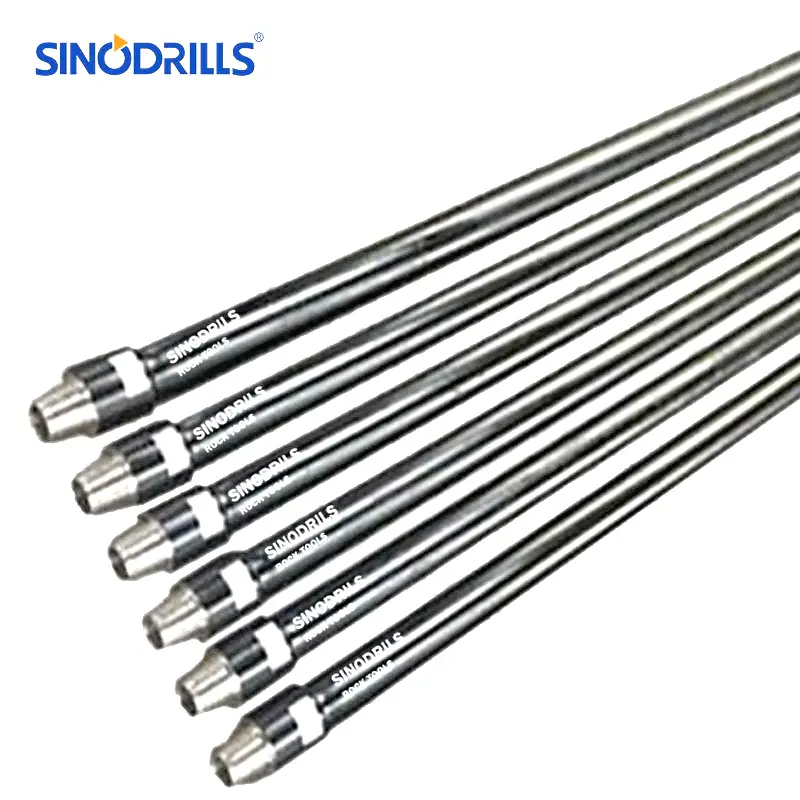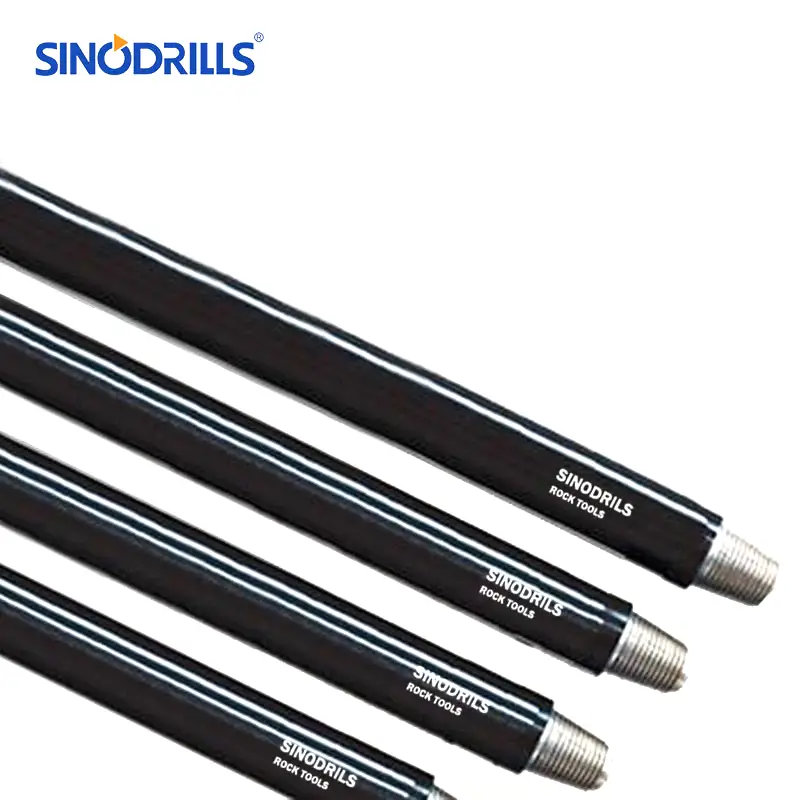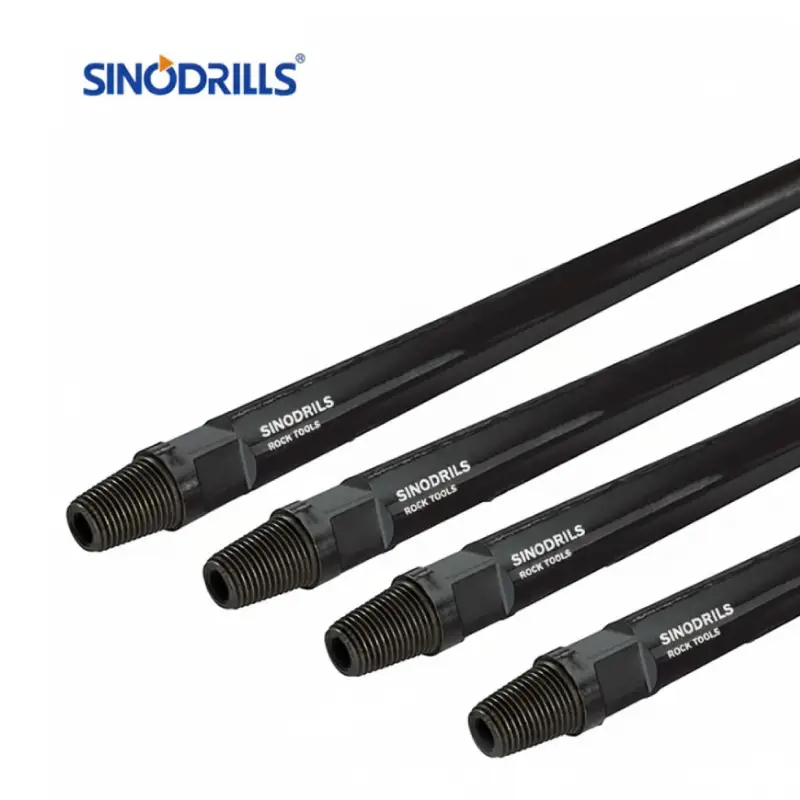In the field of oil and gas exploration, adherence to stringent industry standards is not just good practice—it’s paramount for safety, efficiency, and environmental protection. The American Petroleum Institute (API) establishes a comprehensive framework of drilling standards that governs everything from equipment specifications to operational procedures.
This ultimate guide will demystify API drilling standards, providing an accessible overview of their importance and application. Whether you’re a seasoned professional or new to the field, understanding these benchmarks is crucial for ensuring successful and compliant drilling operations worldwide.
What are the API Standards for Drilling?
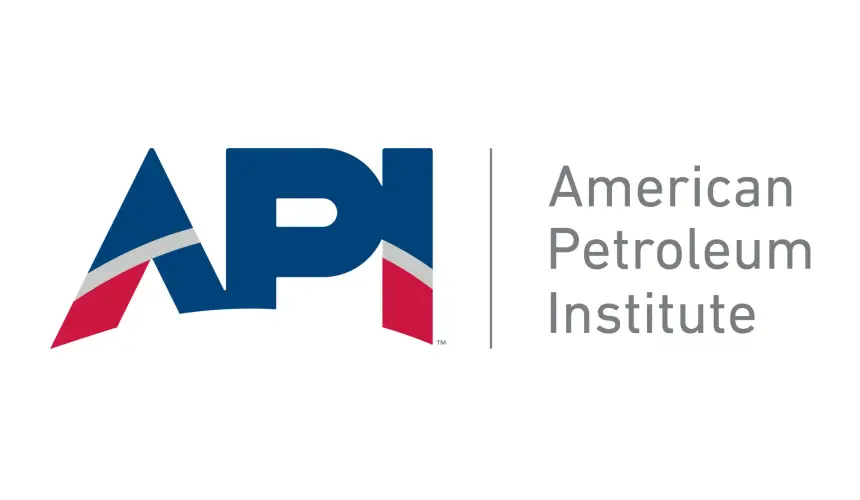
API Standards for Drilling are comprehensive guidelines developed by the American Petroleum Institute (API) to ensure safety, efficiency, and reliability throughout oil, gas, and geothermal drilling operations.
These globally recognized standards cover a vast array of equipment, materials, and procedures, fostering consistency and interchangeability across the industry. They are crucial for maintaining operational integrity and minimizing environmental impact.
Key areas covered by API Standards for Drilling include:
- Drill Pipe and Tubular Goods: Specifications for dimensions, material grades, connections, and testing to ensure strength and durability.
- Well Control Equipment: Requirements for blowout preventers (BOPs), control systems, and related components to prevent uncontrolled flow of formation fluids.
- Drilling Fluids: Guidelines for the properties, testing, and handling of drilling muds.
- Cementing Equipment and Procedures: Standards for well cementing operations to ensure zonal isolation and wellbore integrity.
- Drilling and Well Servicing Structures: Specifications for derricks, masts, and substructures used on drilling rigs.
- Quality Management Systems: Frameworks for ensuring consistent quality in manufacturing and services within the drilling sector.
What Does API Do?
The American Petroleum Institute (API) plays a pivotal role in the oil and natural gas industry, primarily by developing and maintaining a vast array of technical standards. These standards are crucial for promoting public safety, ensuring environmental protection, and enhancing operational efficiency across the sector. They are developed through a consensus-based process involving industry leaders, allowing companies to demonstrate compliance and adhere to established best practices.
The development of API standards is often a response to real-world challenges and concerns identified by member companies regarding equipment, facilities, or operational practices. This proactive approach helps to address inconsistencies and ambiguities, ensuring a unified understanding of requirements across the industry. API standards are categorized into three main types to address the diverse needs of oilfield companies:
- Process Standards: These focus on operational procedures, including well construction, completion, testing, workover, and plugging, ensuring consistent and safe execution of critical drilling activities.
- Management Standards: These address broader organizational aspects, encompassing planning, health, safety, and environmental (HSE) issues, promoting responsible and sustainable industry practices.
- Quality Assurance Standards: These are designed for manufacturing processes, ensuring that high-quality products are consistently produced through robust quality management systems, thereby enhancing reliability and performance of equipment used in the field.
What is API 5A?
API 5A, formally known as API RP 5A, is a recommended practice developed by the American Petroleum Institute. Established in 1999 through consensus among industry leaders, its primary purpose is to set a common set of equipment inspection requirements specifically for drill pipe. It provides a standardized framework for detecting flaws and ensuring the integrity of drill pipes used in oil and gas drilling operations, ultimately aiming to enhance safety and prevent catastrophic failures.
The need for API 5A arose from critical incidents that underscored the dangers of undetected flaws in drill pipe.
- The most prominent example was the Enoch Point Field Blowout in February 1996, where an uncontrolled oil release was directly attributed to a pre-existing fracture in a drill pipe that went unnoticed during routine inspections.
- Subsequent incidents at the same field, though less severe, further emphasized the persistent risk of undetected drill pipe fractures.These events highlighted a critical gap in inspection methodologies across the industry, leading to the creation of API 5A. This standard provides minimum size requirements and mandates the use of the API 5A inspection gauge to ensure consistency and accuracy in detecting dimensional changes indicative of pipe damage.
API 5A applies universally to all drill pipe utilized in oil and gas wells.
- Given the common practice of drill pipe being exchanged and reused among various companies, there are no exclusions for any operator, including single well operators, even if the customer installs the drill pipe.
- This broad applicability ensures a consistent level of safety and reliability across the entire industry. Furthermore, many well construction companies offer specialized API 5A inspection services to their clients, helping them ensure compliance with these vital API standards.
What is API 5DP?
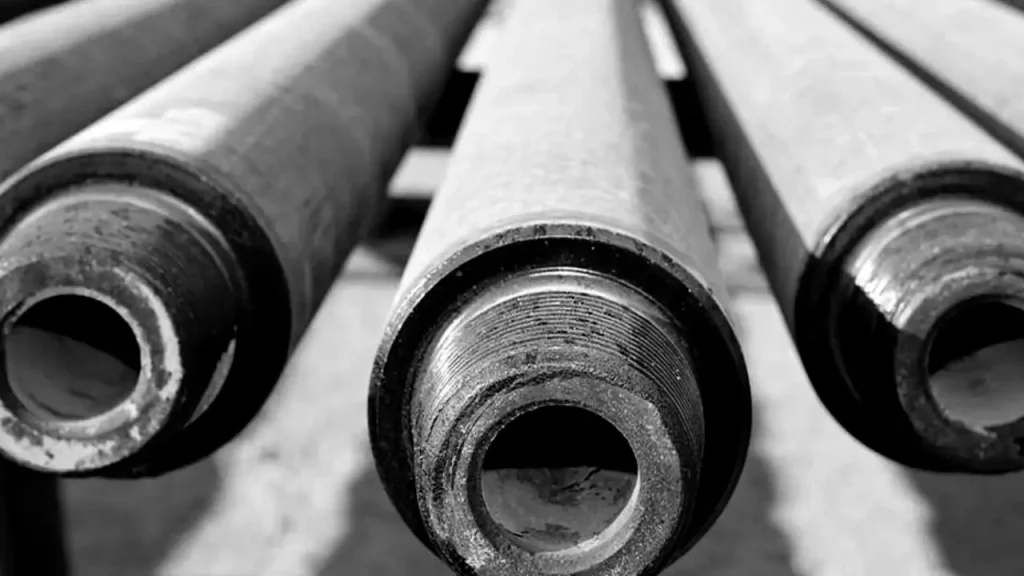
API 5DP, or API Specification 5DP, is a critical standard within the oil and gas industry that outlines the technical delivery conditions for drill pipe. This comprehensive specification covers everything from the manufacturing process and material properties to specific dimensions and testing requirements.
Unlike earlier standards that might have focused primarily on external dimensions, API 5DP provides detailed guidance for the inspection of both inside diameters (IDs) and lengths of drill pipe, ensuring a more thorough assessment of the pipe’s integrity. It went into effect on February 1, 2009, for all new drill pipe, establishing a new baseline for quality.
The need for API 5DP arose from the increasing complexity of drilling operations and the desire to improve the overall quality and reliability of drill pipe, thereby reducing non-productive time (NPT) and enhancing safety. Previous standards, like API 5A, primarily focused on outside dimensions, leaving potential vulnerabilities in internal integrity unchecked, especially for straight threaded connections.
API 5DP addresses this gap by mandating specific ID measurements and establishing rigorous inspection levels. This consistent methodology for measuring ID and thickness eliminates variability and ensures that all critical dimensions are verified at each stage of inspection.
API 5DP is essential for a wide range of stakeholders within the drilling industry:
- Drill Pipe Manufacturers: They must adhere to API 5DP’s stringent manufacturing and testing requirements to produce compliant drill pipe.
- Drilling Contractors and Operators: They need to specify and utilize API 5DP compliant drill pipe to ensure the safety and efficiency of their drilling operations, minimizing the risk of pipe failure.
- Inspection and Maintenance Companies: These entities rely on API 5DP’s detailed inspection levels (Level 1 to Level 4) to accurately assess the condition of in-service drill pipe, helping to identify and remove fatigued or damaged pipe before it leads to costly failures.
- Regulatory Bodies: While not explicitly a regulatory mandate in all regions, API 5DP often serves as a foundational standard referenced in regulations and industry best practices to promote safe drilling.
What is API RP 7G-2?
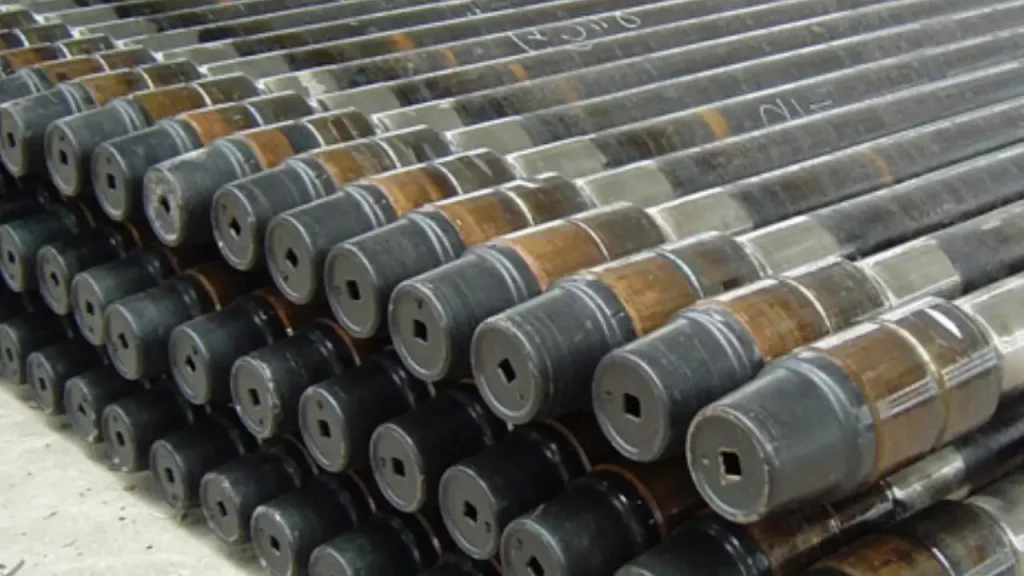
API RP 7G-2, also known as the “Recommended Practice for Inspection and Classification of Used Drill Stem Elements,” is a crucial document in the drilling industry. It meticulously outlines the required inspection levels, detailed procedures, and testing methods for used drill stem components. This includes a wide array of critical elements such as the drill pipe body, tool joints, rotary shouldered connections, drill collars, heavy-weight drill pipe (HWDP), and the ends that connect these components, ensuring their continued integrity and performance after initial use.
The need for API RP 7G-2 is paramount for ensuring the safety and efficiency of drilling operations.
- It provides a standardized framework for evaluating the condition of used drill stem elements, which are subjected to immense stress and wear during drilling.
- By specifying rigorous inspection and testing protocols, the standard helps identify potential flaws, fatigue, or damage before they lead to catastrophic failures downhole.
- Following these guidelines helps prevent costly non-productive time (NPT) due to drill pipe problems, protecting investments and maintaining operational schedules.
API RP 7G-2 is essential for anyone involved in the handling, inspection, or operation of drill stem components.
- Drill pipe inspectors rely on it for consistent and accurate assessment procedures.
- Drilling contractors and operators depend on it to ensure they are using high-quality, reliable drill pipe, thereby minimizing risks and maximizing operational safety and productivity.
- This standard specifically applies to all drill pipe utilized in oil and gas wells within the United States, regardless of its manufacturing origin or service location, with specific exceptions for pipe used as casing or liner, which falls under API Spec 8C.
Other API Standards for Drill Pipe
Recommended API Drill Pipes
Beyond API 5DP, several other API standards are crucial for defining the comprehensive delivery and quality requirements for drill pipe production. These documents provide essential specifications for various aspects of the drill stem components, ensuring interchangeability, performance, and safety throughout the drilling process.
API Spec 7-1: Specification for Rotary Drill Stem Elements
This standard provides specifications for the design, material, manufacturing, and testing of various rotary drill stem elements, including drill collars, kelly, subs, and other downhole tools. It ensures these components meet stringent requirements for strength, durability, and dimensional accuracy, contributing to the overall integrity and reliability of the drill string.
API RP 7-2: Specification for Threading and Gauging of Rotary Shouldered Thread Connections
This Recommended Practice (RP) details the requirements for the threading and gauging of rotary shouldered connections, which are critical for joining drill pipe and other drill stem components. It specifies dimensions, tolerances, and inspection procedures to ensure proper make-up, effective torque transmission, and leak-proof seals, preventing costly failures during drilling operations.
API Spec 5B: Threading, Gauging and Inspection of Casing, Tubing, and Line Pipe Threads
While primarily focused on casing, tubing, and line pipe, aspects of API Spec 5B can indirectly influence drill pipe considerations, particularly in scenarios where drill pipe might interact with or be adapted for casing or tubing functions. This standard ensures consistent threading, gauging, and inspection practices for tubular goods, promoting compatibility and reliable connections across different pipe types.
API RP 5B1: Gauging and Inspection of Casing, Tubing, and Line Pipe Threads
As a Recommended Practice complementing API Spec 5B, API RP 5B1 provides practical guidelines for the gauging and inspection of threads on casing, tubing, and line pipe. This standard is vital for field operations and inspection services, ensuring that connections meet specified tolerances, minimizing the risk of galling, leaks, or premature failure in the drill string or well completion.
To effectively define the delivery requirements for drill pipe production and other critical drilling components, numerous API standards are in place. These API documents outline the specifications for various drill stem components and related equipment, ensuring consistency, safety, and performance.
API Spec 13C: Shale Shakers and Screens
This standard specifies requirements for solid control equipment, specifically shale shakers, which are vital for separating rock cuttings from drilling fluid. It also addresses the screens used on these shakers, ensuring consistency in mesh size and material quality. Adherence to this standard helps maintain optimal drilling fluid properties and efficient solids removal.
API Spec 4F: Drilling and Well Servicing Structures
API Spec 4F covers the construction, design, and testing of drilling and well servicing structures, including derricks, masts, and substructures. This standard is crucial for ensuring the structural integrity, stability, and safety of the rig’s main components that support heavy loads and withstand dynamic forces during drilling operations.
API Spec 8C: Hoisting Equipment
This specification sets forth the requirements for design, materials, manufacturing, testing, and inspection of hoisting equipment used in drilling and well-servicing operations. This includes critical components like traveling blocks, hooks, swivels, and elevators, ensuring their strength, reliability, and safe operation under heavy loads.
API Spec 13A: Drilling Fluids Materials
API Spec 13A defines the standards for various materials used in drilling fluids, such as barite, bentonite, and other additives. This standard ensures the quality and performance of these materials, which are essential for controlling downhole pressure, lubricating the drill bit, and transporting cuttings to the surface.
API RP 13B: Testing Drilling Fluids
This Recommended Practice provides standardized procedures for testing both water-based and oil-based drilling fluids. By following these guidelines, operators can accurately assess the properties of their drilling fluids, ensuring they meet operational needs for viscosity, density, filtration, and other critical parameters.
API RP 4G: Inspection and Maintenance of Drilling Structures
API RP 4G offers detailed guidance on the inspection, maintenance, and repair of drilling and well-servicing structures. This recommended practice is crucial for proactively identifying wear, damage, or fatigue in structural components, thereby ensuring ongoing safety and operational reliability of the drilling rig.
API RP 8B: Inspection and Maintenance of Hoisting Equipment
This Recommended Practice outlines comprehensive procedures for the inspection, maintenance, and repair of hoisting equipment used in drilling and well-servicing operations. Adherence to API RP 8B is vital for preventing mechanical failures, ensuring the safe handling of heavy loads, and prolonging the service life of critical hoisting components.
API RP 16E: Remote Control Systems for Blowout Preventers
API RP 16E specifies requirements for the design, installation, operation, and maintenance of remote-control systems for blowout preventers (BOPs). This standard is paramount for ensuring the rapid and reliable activation of BOPs in emergency situations, which is critical for maintaining well control and preventing uncontrolled releases.
API RP 75: Safety and Environmental Management Programs for Offshore Operations
API RP 75 provides a framework for developing and implementing Safety and Environmental Management Programs (SEMP) for offshore drilling and production operations. This Recommended Practice promotes a systematic approach to identifying, assessing, and managing risks, enhancing safety culture, and protecting the marine environment.
API Spec 6A: Wellhead and Christmas Tree Equipment
This specification defines the requirements for wellhead and Christmas tree equipment, including valves, flanges, and chokes, which are installed at the surface of a well to control production flow. While not directly drill pipe, its connection to well integrity makes it a relevant standard for overall well operations.
API Spec 6D: Pipeline Valves
API Spec 6D details the requirements for pipeline valves, which are used to control the flow of hydrocarbons in pipelines. While not a direct drill pipe standard, its principles of valve design and testing can be relevant for any flow control aspects within a drilling context, especially as operations integrate with production.
API RP 5L3: Drop Weight Tear Test for Line Pipe
This Recommended Practice describes the drop weight tear test method for evaluating the toughness of line pipe. While primarily for pipelines, understanding pipe toughness is indirectly important for drilling, especially when considering the integrity of tubulars that might be subjected to similar stresses or repurposed for certain drilling applications.
API Spec 19B: Perforating Systems
API Spec 19B covers the specifications, testing, and classification of perforating systems, including perforating guns and charges, used in well completions to create flow paths between the wellbore and the reservoir. This standard ensures the reliable and effective performance of these critical completion tools.
API RP 75L: Environmentally Responsible Drilling Practices
API RP 75L provides guidance on environmentally responsible drilling practices. This Recommended Practice aims to minimize the environmental footprint of drilling operations, addressing aspects like waste management, spill prevention, and habitat protection, promoting sustainable resource development.
API RP 51R: Onshore Environmental Protection and Sustainable Practices
API RP 51R focuses on environmental protection and sustainable practices specifically for onshore oil and gas operations. It provides guidelines for managing environmental aspects throughout the lifecycle of onshore drilling and production, from site preparation to reclamation.
API Spec 16D: Control Systems for Blowout Preventers (Subsea and Surface)
This specification governs the design, manufacturing, and testing of control systems for blowout preventers used in both subsea and surface applications. API Spec 16D is crucial for ensuring the reliability and functionality of emergency and backup control systems, which are vital for maintaining well control in challenging environments.
API Spec 17D: Subsea Production Systems and Equipment
API Spec 17D covers the specifications for subsea production systems and associated equipment, including various connection systems used in offshore drilling and production. This standard ensures the integrity and interoperability of subsea components in challenging deepwater environments.
API Standard List
Conclusion
This guide has navigated the critical landscape of API drilling standards, highlighting their indispensable role in ensuring safe, efficient, and compliant drilling operations. From material specifications to operational protocols, adherence to these guidelines is paramount for protecting personnel, preserving environmental integrity, and maximizing project success.
By understanding and implementing these comprehensive standards, drilling companies can mitigate risks, enhance equipment longevity, and achieve consistent, high-quality results. The ongoing evolution of API standards necessitates a commitment to continuous learning and adaptation within the industry.
For the latest API standards for drilling and reliable, compliant drill pipe solutions, trust Sinodrills. We are your dedicated partner in navigating the complexities of modern drilling, providing high-quality products that meet the most rigorous industry benchmarks.

